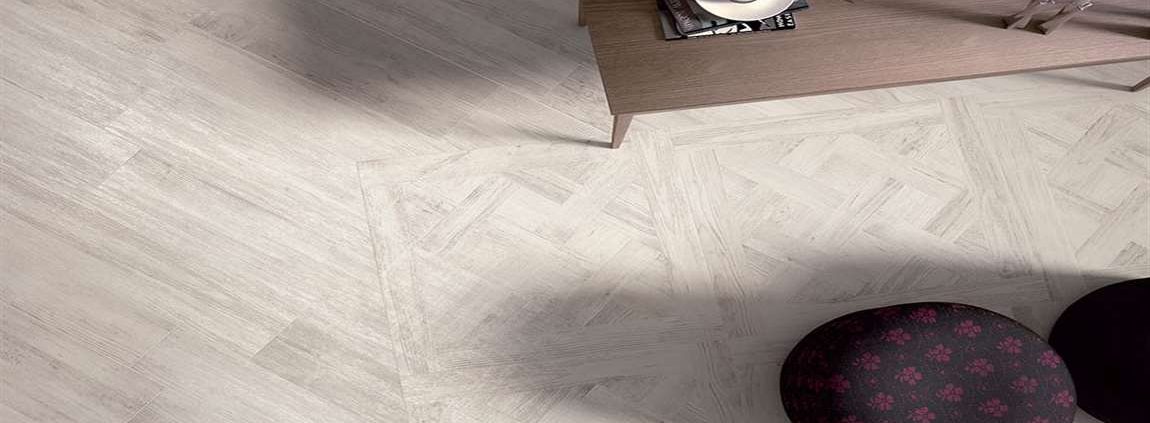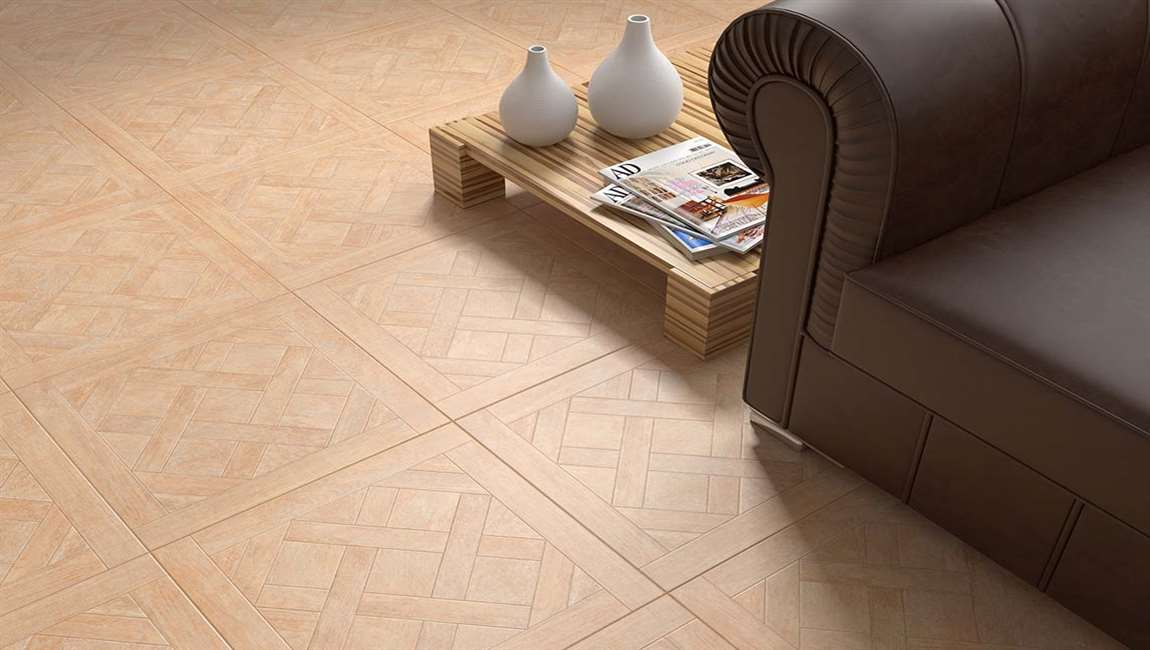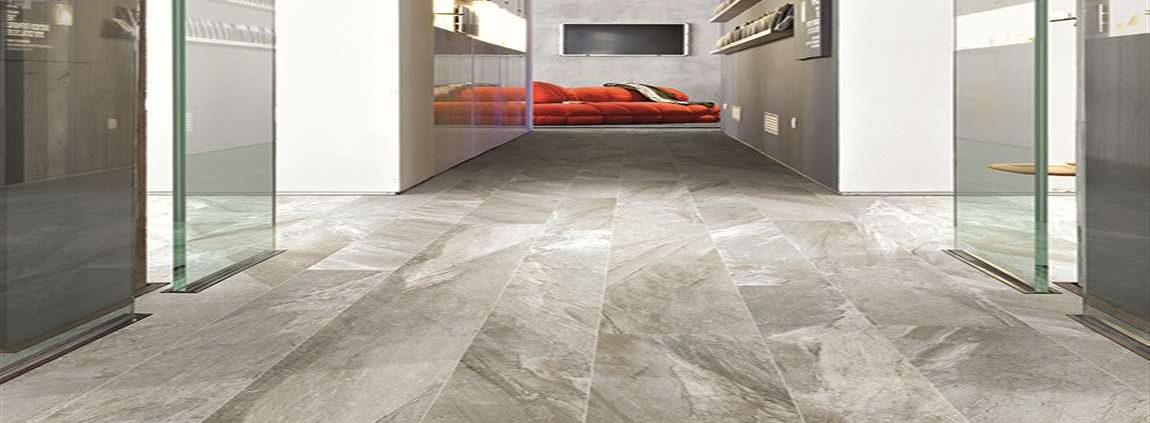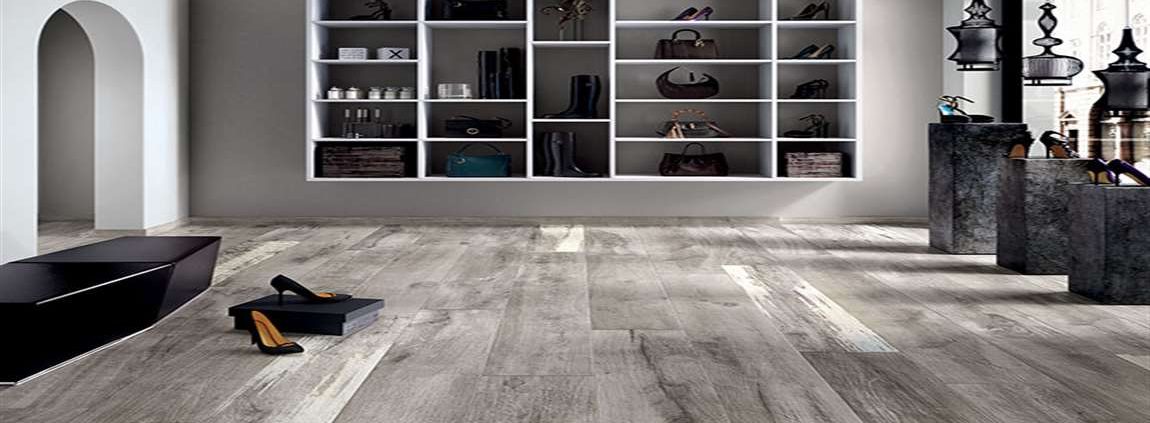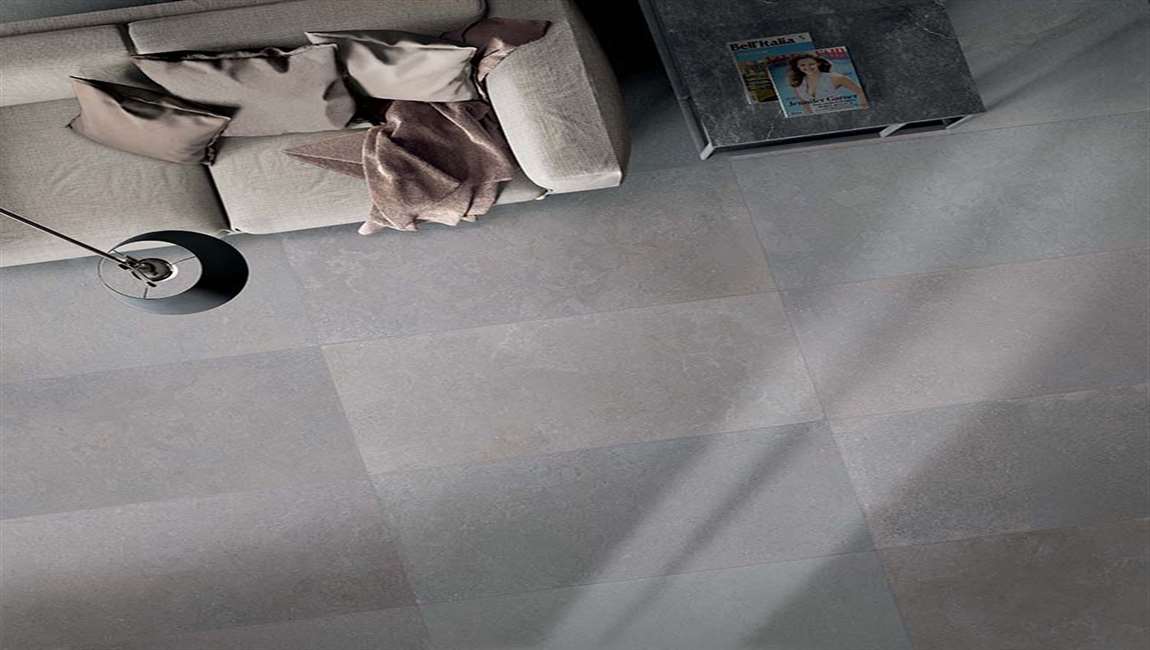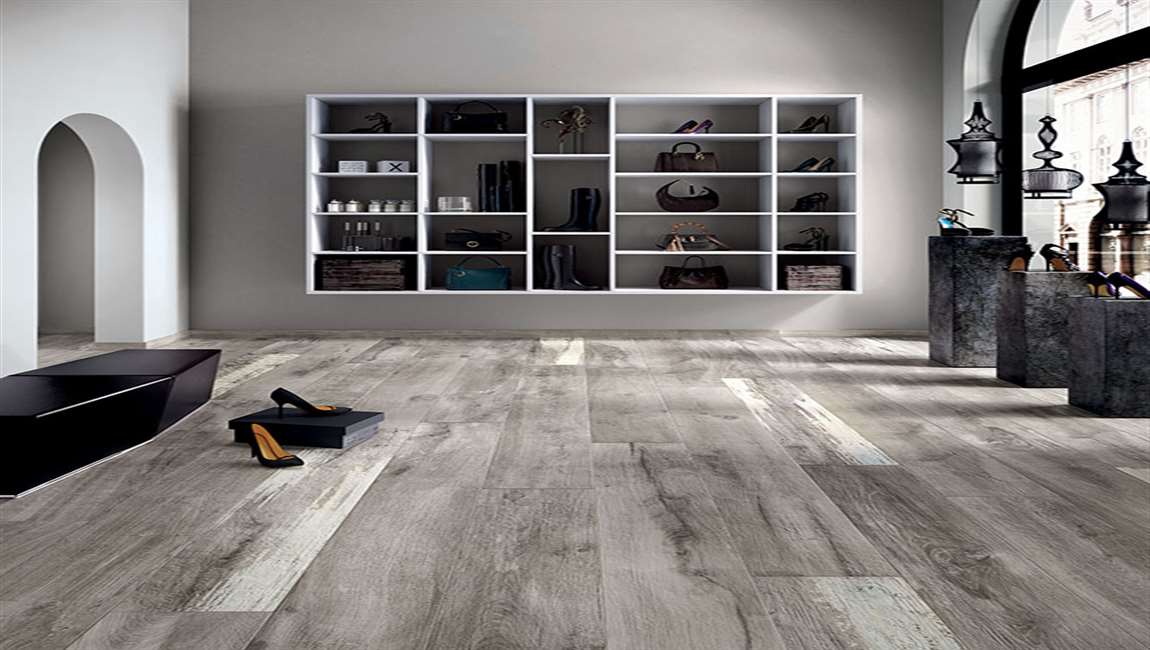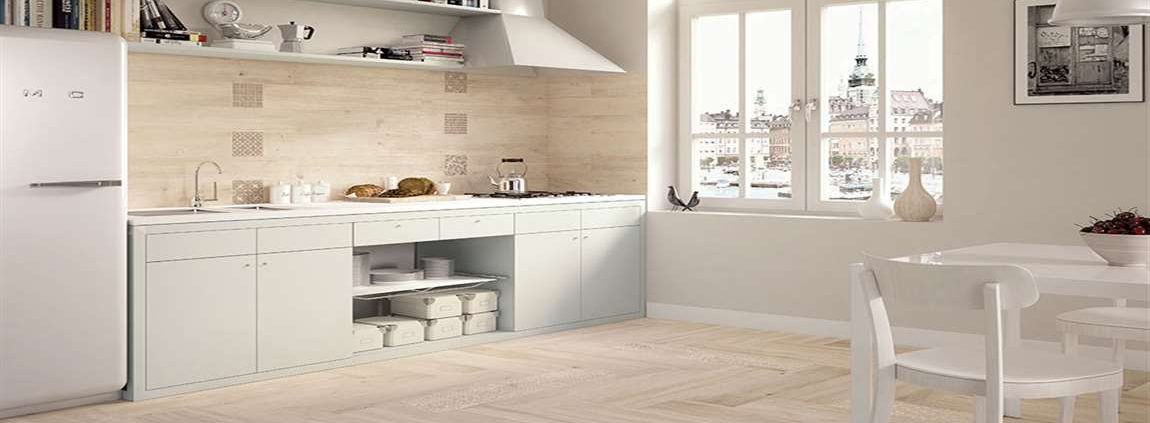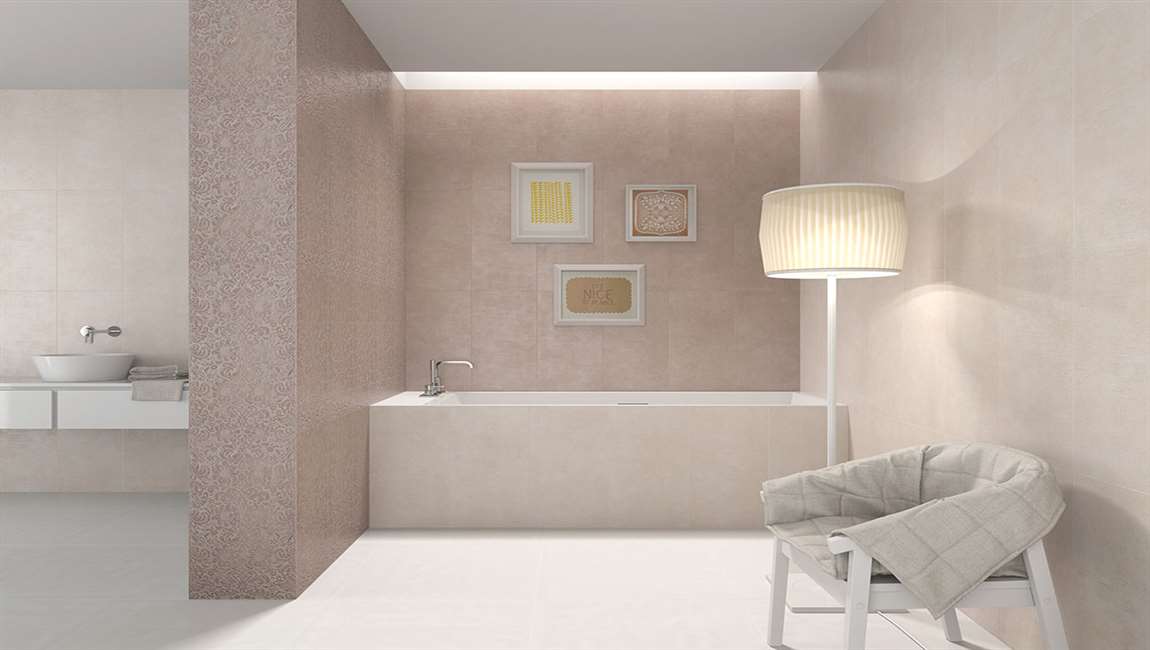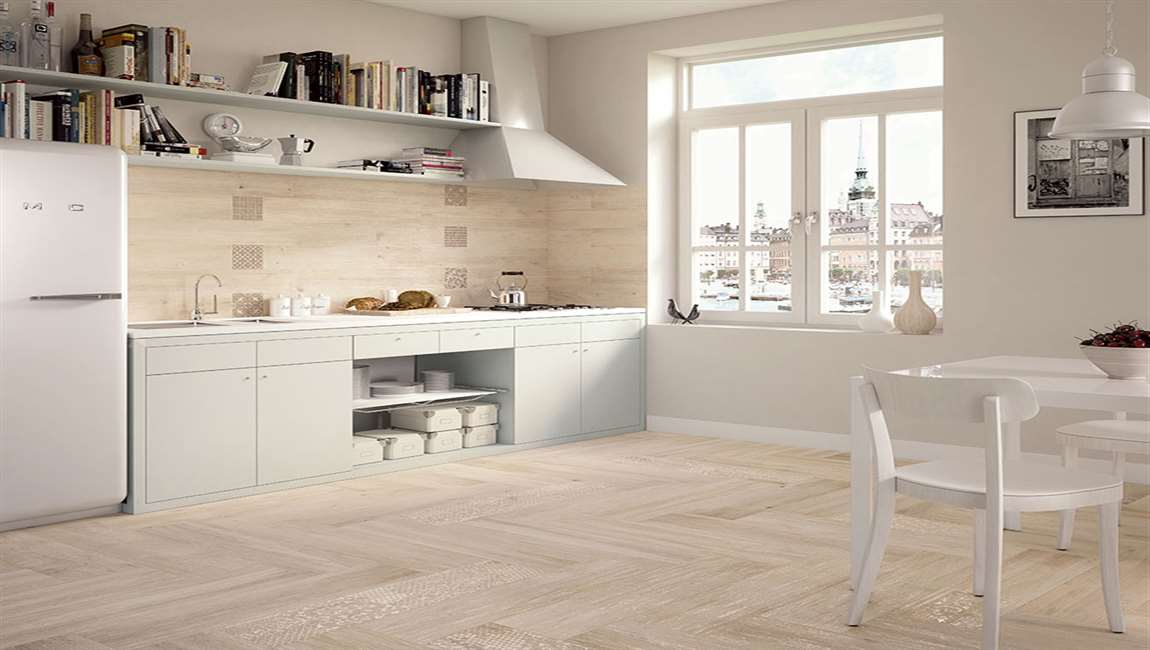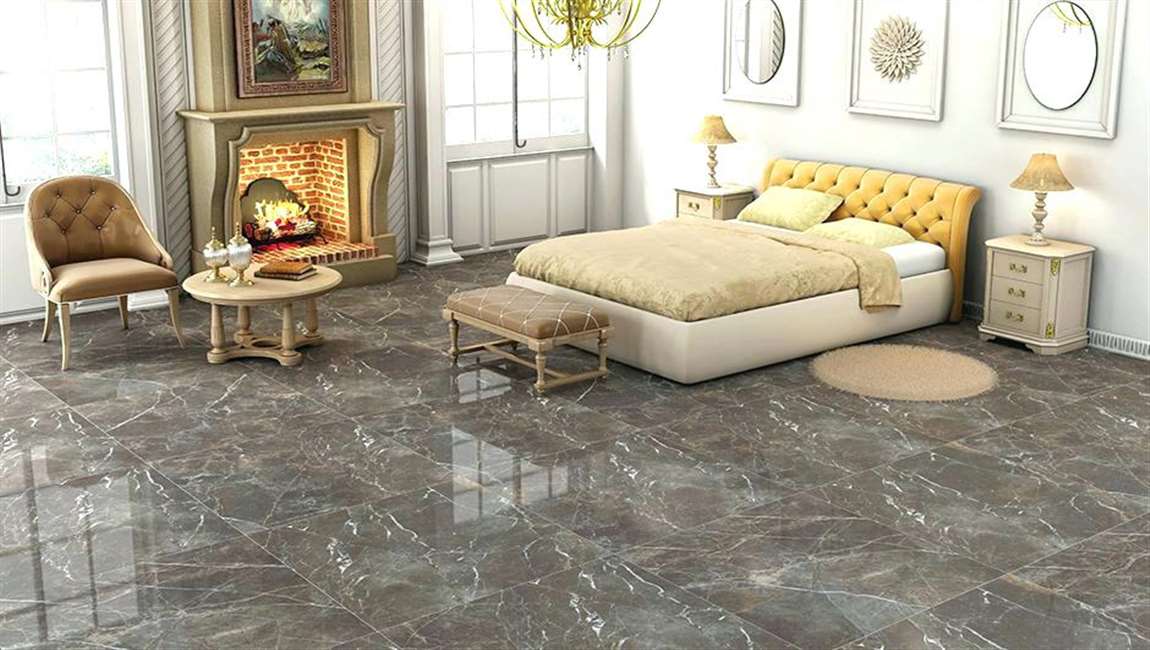How Cleaning Polished/Glazed Porcelain Tiles?
Sweep the floor with a dust mop. Start by sweeping the floor to remove any dust on the porcelain tiles. You can use a dry dust mop or a vacuum. You can also use a microfiber mop, as it will be gentle on the tiles. Brooms with straw or plastic bristles will be too harsh on the floor and could scratch the tiles. Make sure you sweep in the corners and between tiles. You want to try to remove as much surface dust on the tiles as you can before you move on to more intense cleaning.
Use a soft, nylon brush to remove any dirt. You can use a nylon cleaning brush or an old toothbrush to remove any dirt or dark spots on the floor. Wet the floor with hot water and use the brush to remove surface dirt. Scrub the tile in a circular motion, making sure the tile is damp when you scrub it. Do not scrub any tiles that are dry, as this could scratch the tile.
Apply a cleaning solution for stains. If you notice any stains on your polished or glazed porcelain tiles, you should apply a cleaning solution using a mop. You can use a home solution of white vinegar and water or a professional cleaning solution. Make a home solution by combining ¼ cup white vinegar with two gallons of warm water. Mop the floor and let it sit for five to ten minutes. Then, mop the floor again, rinsing off the solution. The vinegar will help to disinfect, deodorize, and clean the tiles.
For a professional option, use a cleaning solution from your local home hardware store or the cleaning supplies aisle. You should make sure the solution is safe for use on glazed or polished tile before you use it. You may want to do a spot test by using a small amount of the solution on the floor to ensure it does not damage the floor.
If there are coffee stains on the tiles, you can use baking soda to remove them. Apply a sprinkle of baking soda on the stain and then dampen it with a clean cloth. Gently scrub the area until the stain is removed.










